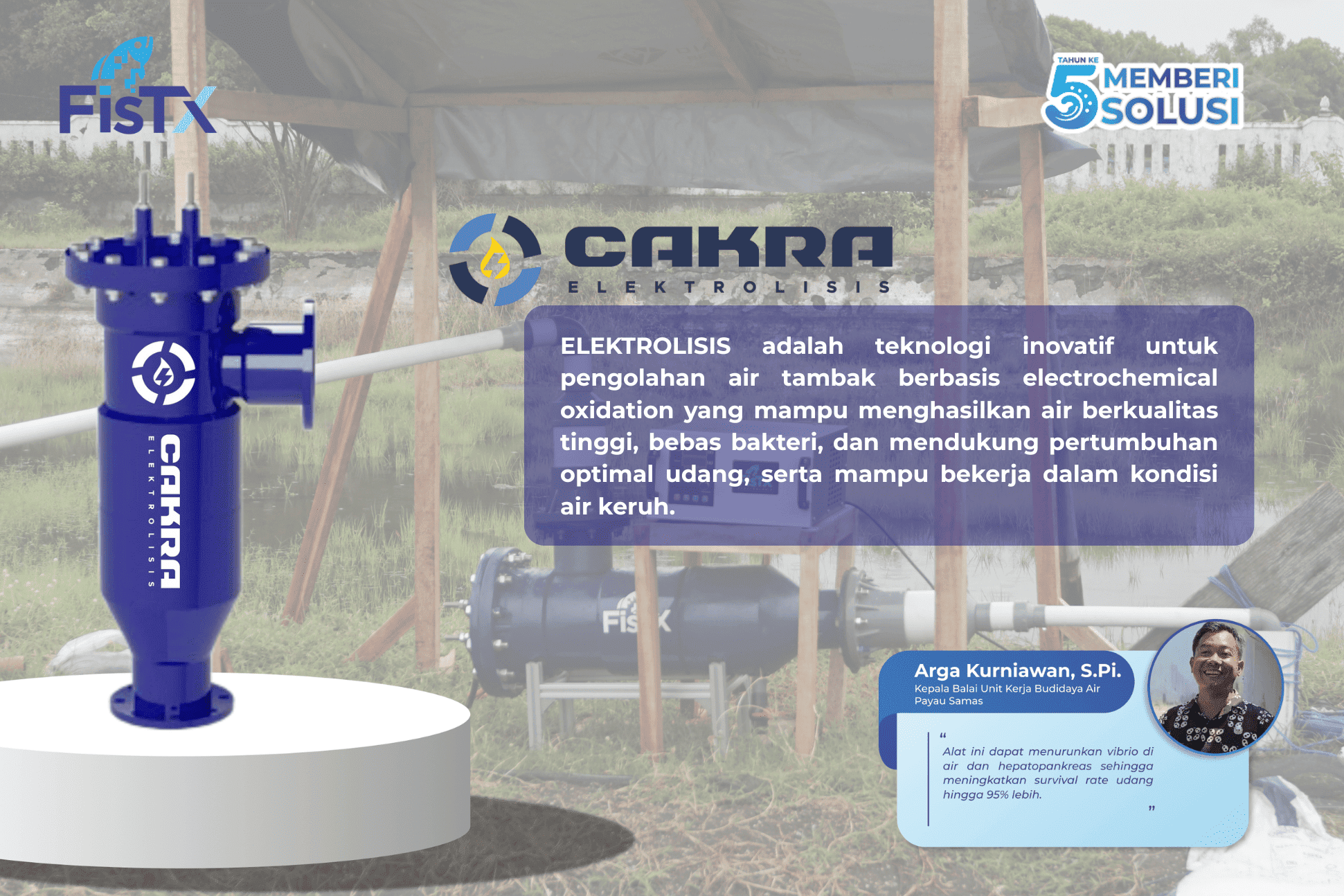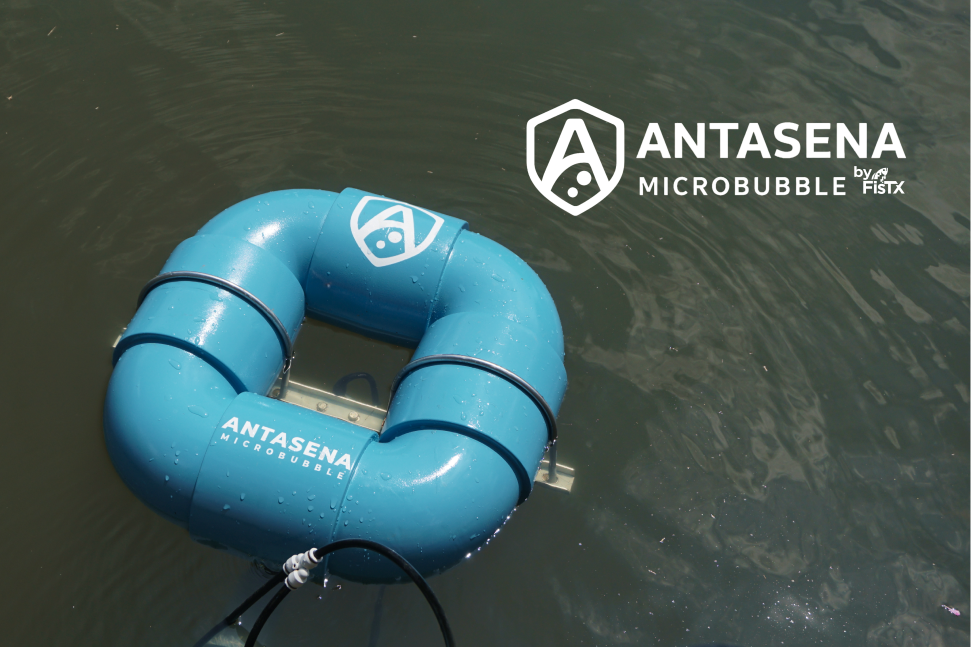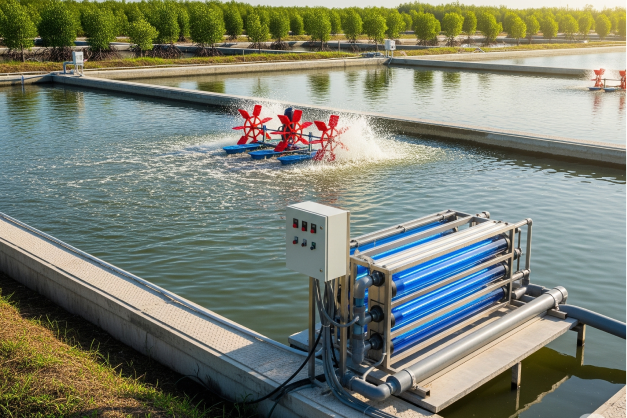
Understanding the Influence of Ammonia in Shrimp Cultivation
Water quality plays a crucial role in the success of vannamei shrimp cultivation. To improve productivity, attention to water quality is very important. One parameter to consider is ammonia. Ammonia measured in water is referred to as total ammonia (NH3 and NH4+). Free ammonia (NH3) is toxic to aquatic organisms because it cannot ionize, unlike ammonium (NH4+) which can ionize. The sources of ammonia include decomposition of cultured organisms, uneaten feed residues, and shrimp metabolism byproducts containing nitrogen.
Impact of Ammonia on Shrimp
The presence of ammonia in shrimp cultivation can cause serious impacts such as changes in phytoplankton ecology, increased sedimentation, and changes in shrimp productivity due to mass mortality. Accumulation of ammonia in pond water can also decrease water quality, reduce biota growth rates, increase oxygen consumption and excretion. Additionally, it can lead to high shrimp mortality rates.
The direct impacts of non-lethal levels of ammonia in shrimp cultivation activities include narrowing of the gill surface area and damage to gill tissues, resulting in decreased gas exchange rates in the gills. This also leads to decreased oxygen levels and blood cell counts, reducing physical resilience and disease resistance in shrimp.
Addressing Ammonia Issues
To address this issue, there are several important steps that can be taken during shrimp cultivation. One of them is to reduce ammonia levels through regular water exchange and implementing immersion using Bacillus sp. Bacteria. Bacillus has the ability to reduce ammonia levels and improve water quality in shrimp cultivation. These bacteria can also secrete extracellular enzymes such as protease, amylase, and lipase. This can help in the degradation of organic matter in aquatic ecosystems and inhibit the growth of Vibrio spp.
Furthermore, the use of carbonaceous materials in biofloc systems can also help reduce inorganic nitrogen and replace feed protein. The microbial protein biosynthesis process will inhibit the formation of inorganic nitrogen, thereby reducing ammonia concentrations in the water column. Taking preventive measures and managing ammonia levels properly can improve water quality and promote healthy shrimp growth. This creates an optimal aquatic environment for successful cultivation.
In this regard, routine ammonia checks should be carried out to assess the water's ammonia conditions in the ponds. Perform ammonia checks with the Ammonia Test Kit, check ammonia levels in pond water in seconds. Simply dip the test strip into the water, wait a few moments, and you will get the ammonia level results. Consultation on ammonia issues in shrimp ponds is also available with FisTx Indonesia. We provide consultations and support for shrimp cultivation through the TAMPAN (Successful Farmer) program. Contact us now, with FisTx #SelaluAdaSolusi
Read More Articles

FisTx Launches Cakra Electrolysis: Electrochemical Technology to Improve Water Quality and Shrimp Farm Productivity in Indonesia
25 November 2025

Aquaculture Revolution: FisTx Launches Energy-Efficient Microbubble for Fish Farming
14 August 2025

Using a UV System in Your Shrimp Pond, But Still Facing Disease Outbreaks?
25 June 2025